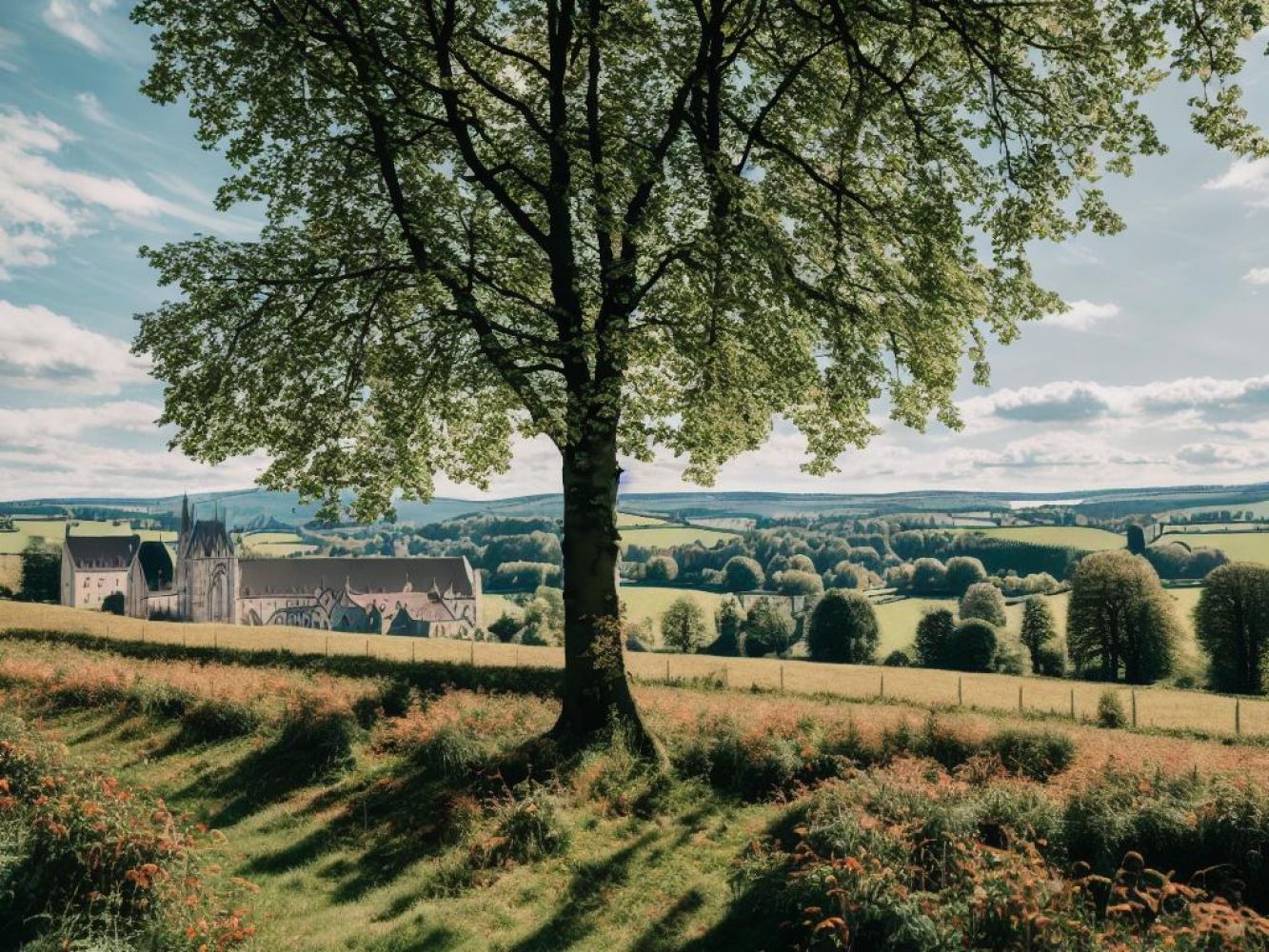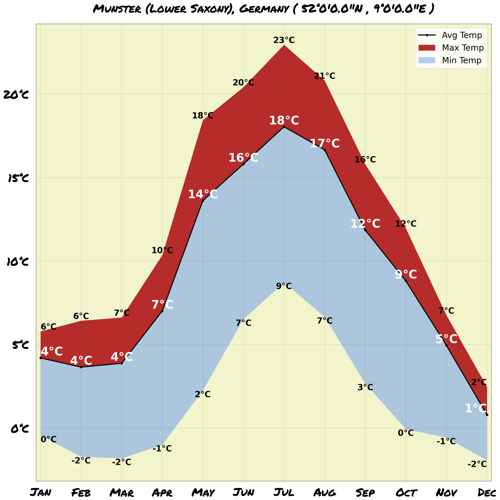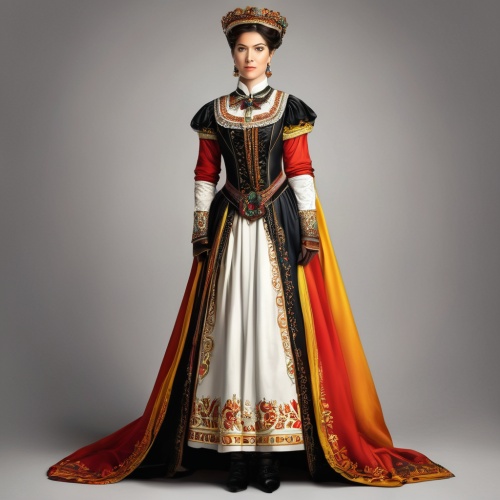Understand
Munster, a town with a rich military history, is home to the largest army garrison in Germany. Situated between the Munster North and Munster South training areas, this town has been closely associated with the military for over 100 years. In fact, the military training areas cover nearly 50% of the city's total area. But this military presence has brought unexpected benefits. Due to the restricted areas, Munster has become a sanctuary for many rare species and habitats. The region's populations of rare species have even been used to restore populations in other endangered regions. Not only that, Munster is also home to the prestigious Bundeswehr's Research Institute for Nuclear, Biological, and Chemical Warfare Defense. Its history dates back to 1916 when the German Empire established the Gasplatz Breloh for research and production of chemical weapons. During World War II, the site became a hub for chemical ammunitions, producing large quantities of sulphur mustard gas and nerve agents. Although the war ended, its impact remains, as Munster had a fully functioning production line for GB that was dismantled and shipped to Porton Down, Great Britain, by the British Occupation Forces. But Munster is more than just a military town. It boasts a remarkable bronze statue of Lili Marleen, who warmly welcomes visitors at the town gate. And for those interested in military history, the German Tank Museum is a must-visit, attracting thousands of visitors every year. Munster offers a range of accommodations, from hotels and holiday apartments to a 4-star camping site. To satisfy your appetite, there are several restaurants and guesthouses that serve delicious food. And don't worry about parking; there is plenty of free parking available. Munster truly offers a unique blend of history, nature, and hospitality.








Comments
NO COMMENTS